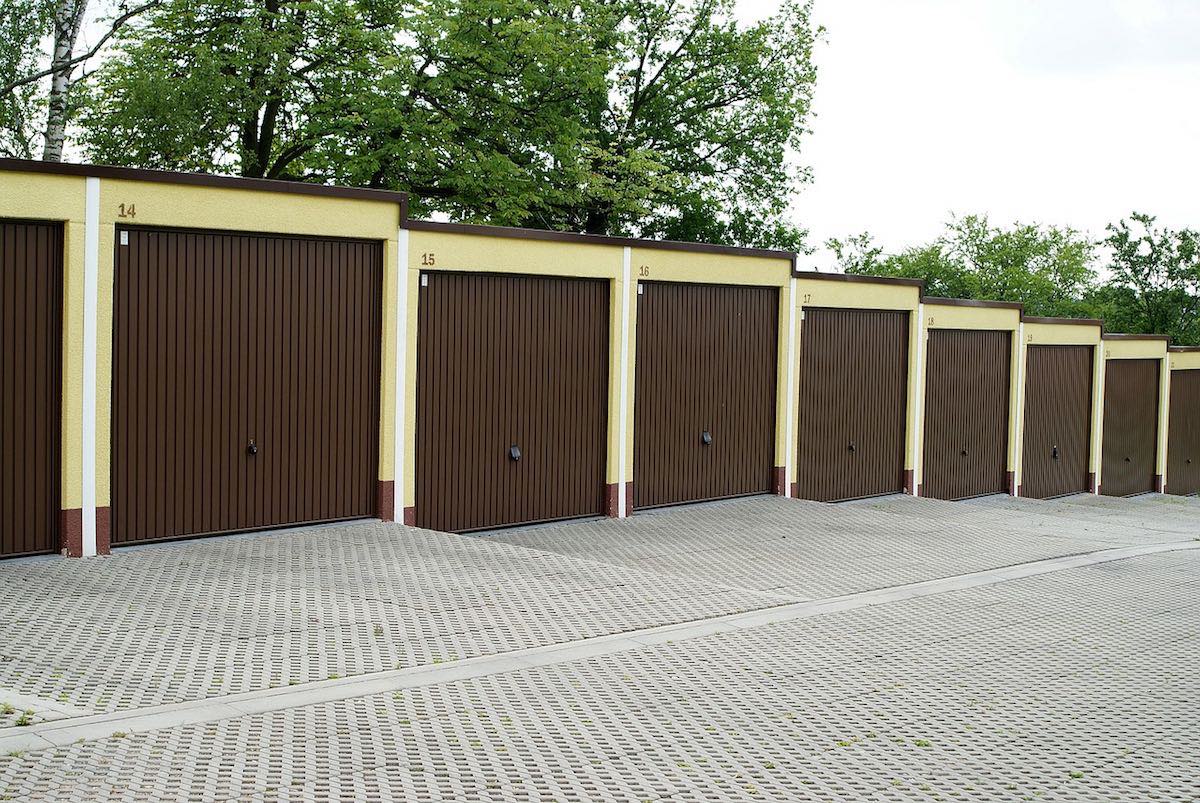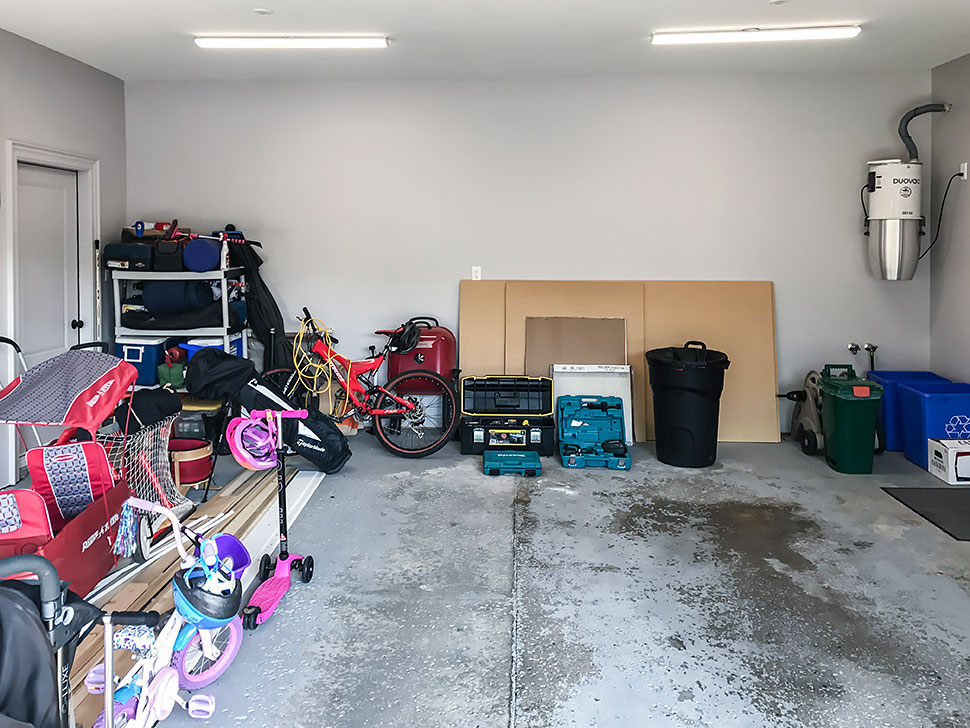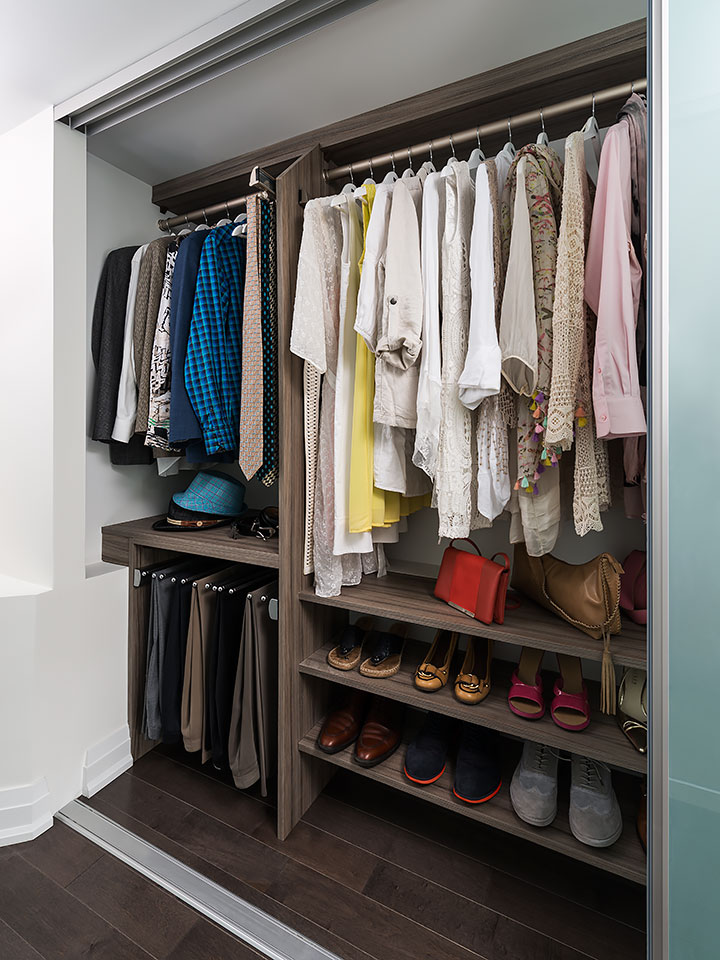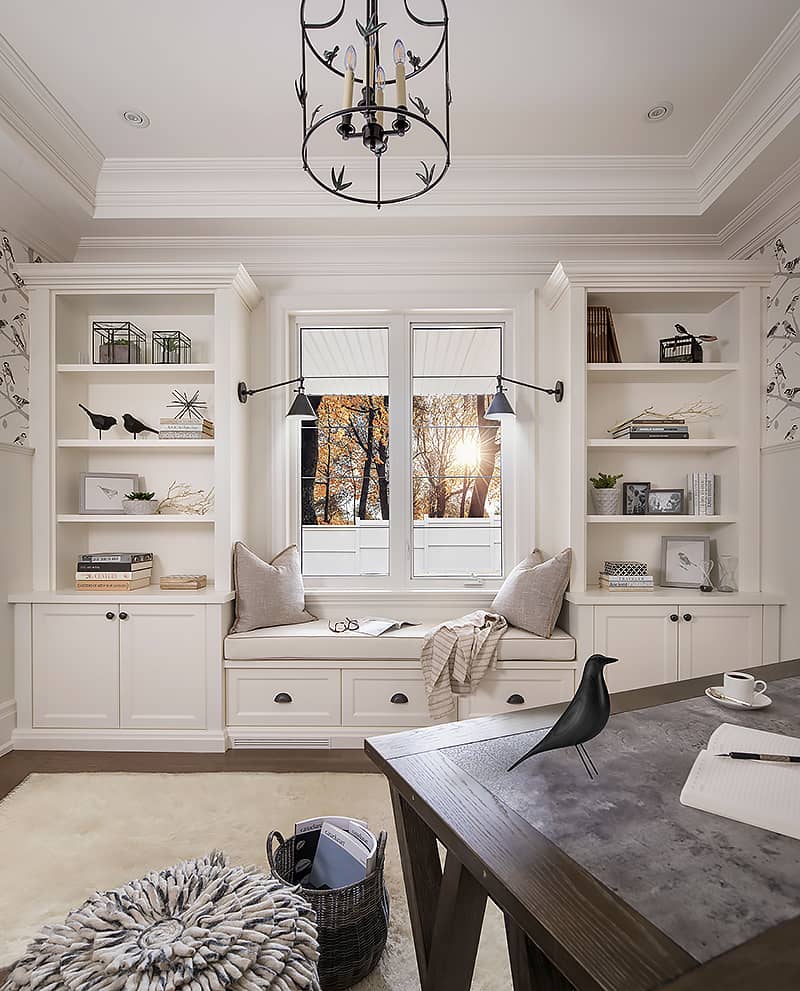
As the days get shorter and the cooler fall weather nudges us back indoors for the next few months, it’s the perfect time to think about how to create a more cozy home.
A cozy home atmosphere makes the cold weather months a little easier to get through by upping our comfort level and allowing us to get more enjoyment from our living space.
It’s often the simple pleasures that make us feel more cozy and comfortable at home. It can be things like curling up under a warm blanket on a chilly day or reading a good book in a comfy chair while enjoying a hot beverage or glass of wine.
Feeling cozy and content is what the Danish concept of hygge is all about.
Creating a more cozy home with hygge
Until a few years ago, few people outside of Denmark had ever heard the word hygge (which is pronounced “hoo-gah”). Hygge has recently taken the world by storm and been embraced by anyone searching for ways to nurture their well-being.
Hygge is not just a trend – it’s a way of life that emphasizes maximizing your comfort level at home and allowing yourself to slow down and enjoy all the goodness that comes with feeling cozy.
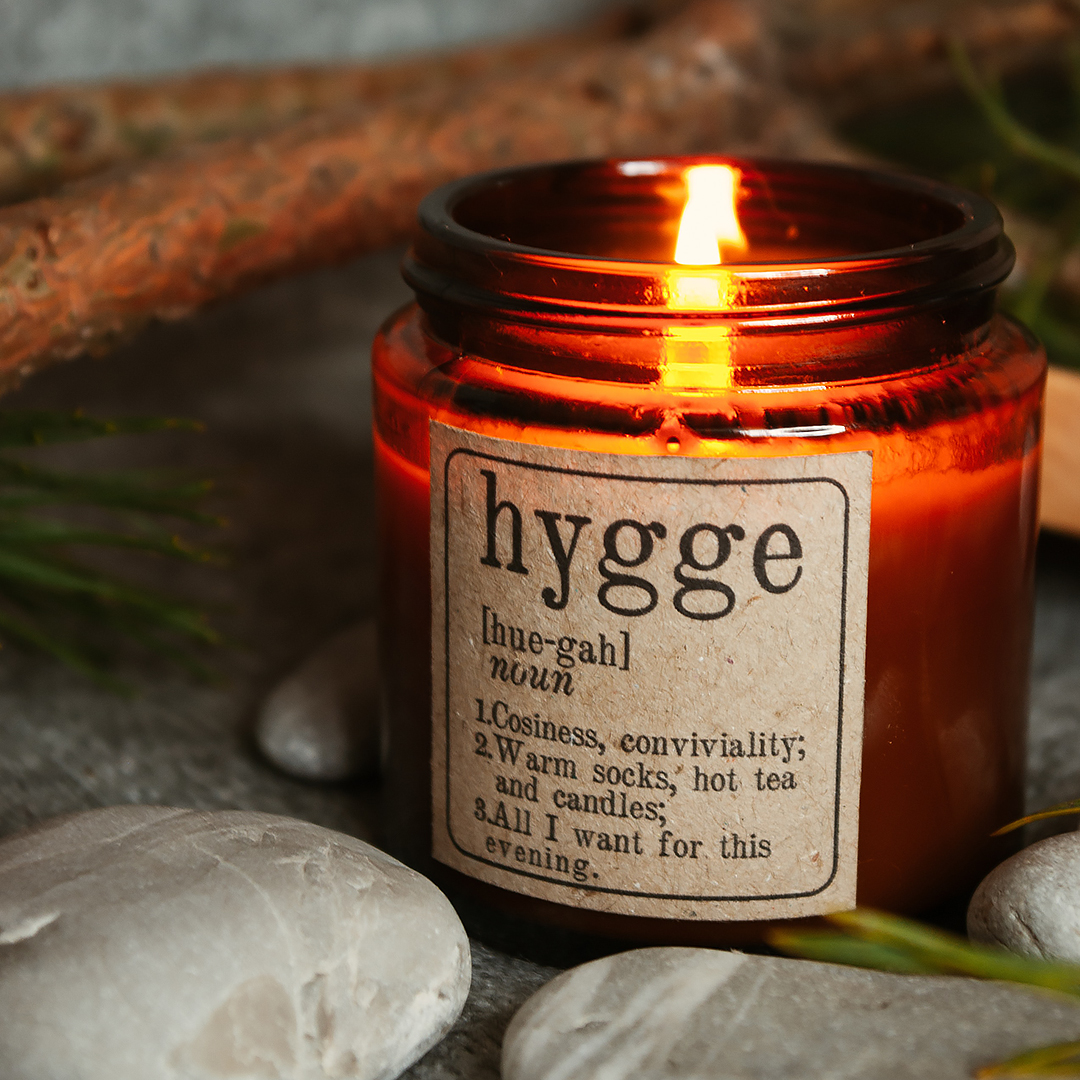
The hygge concept isn’t new. The Danes have made it a foundation of their culture since it was introduced there well over two centuries ago.
Denmark is consistently ranked at or near the top of yearly lists of the happiest countries in the world, so clearly they’re on to something with this whole cozy thing. And remember, this is a country whose brutal winters rival our own!
How to make your home feel cozier for fall
Creating a cozy home that looks and feels warmer and more inviting can be done by making just a few simple additions and adjustments in your house or condo.
The autumn season’s beautiful colours and evocative scents are a perfect resource to tap into to immerse yourself in cozier surroundings.
Get some inspiration to create a more cozy home this fall with these ideas and tips.
1. Incorporate autumn colours into your décor
Almost everyone’s favourite thing about the fall season is the changing of the leaves and the amazing, colourful landscapes we get to appreciate for a couple of months.
Why not incorporate the many magnificent colours of the fall season into your décor to make your house or condo feel homier?
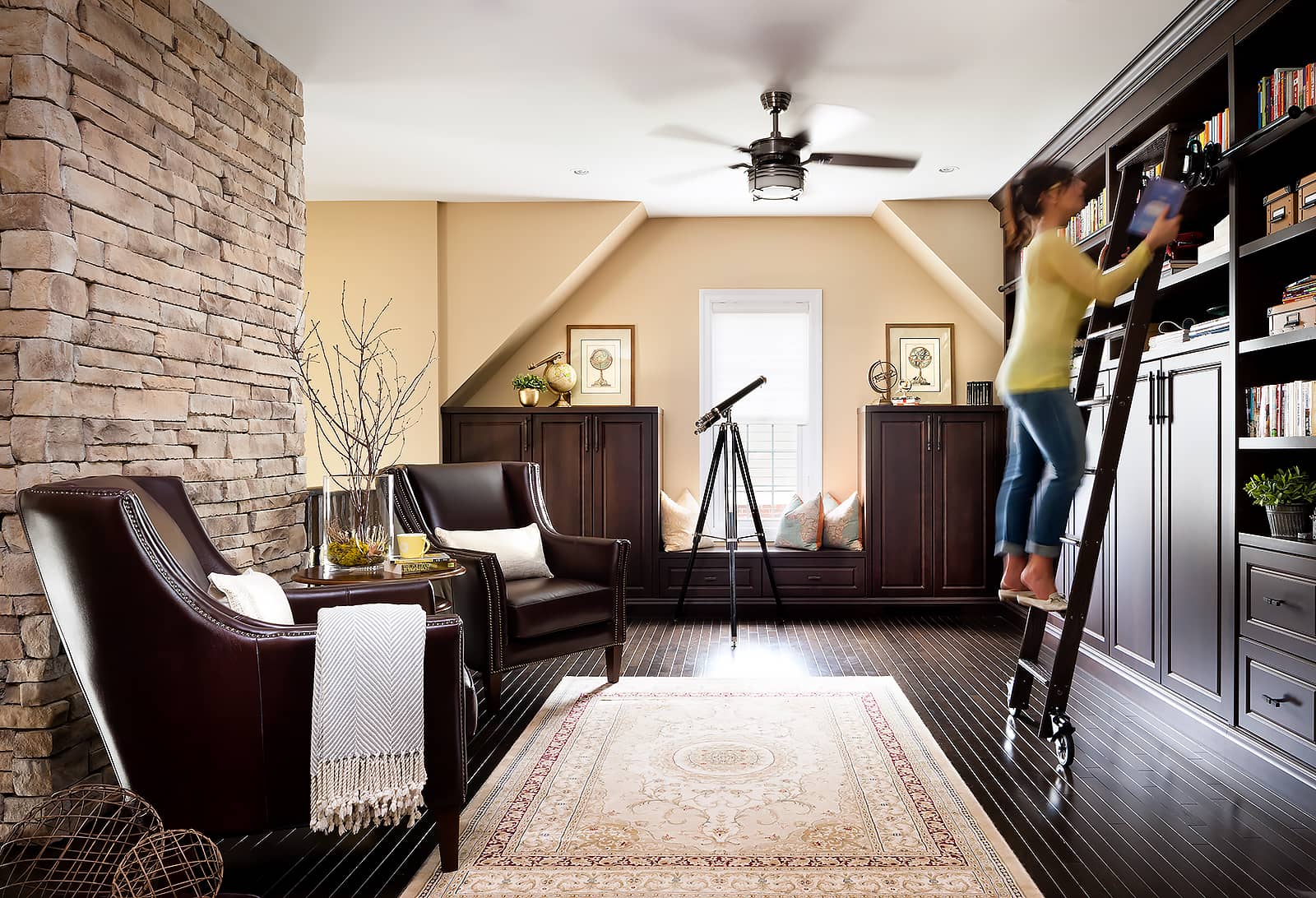
The extensive autumnal colour palette provides lots of flexibility and choices to coordinate with your existing décor. Add dashes of fall colours like red, gold, brown, olive green, burgundy, bronze, and orange throughout your living space by:
- laying area rugs on hard surface flooring
- adding throw pillows to beds and seating areas
- using throw blankets and quilts with seasonal colours and patterns decoratively
- hanging and laying out fall-inspired decorations
- switching to bed sheets that reflect the season
2. Decorate with throw pillows
Using accessories like pillows and blankets that add appealing fall colour to the home is only one way they help make our living space feel cozier.
Placing extra throw pillows on a sofa, bed, or window seat makes these areas look more warm and inviting because we instantly make the connection that pillows are comforting.
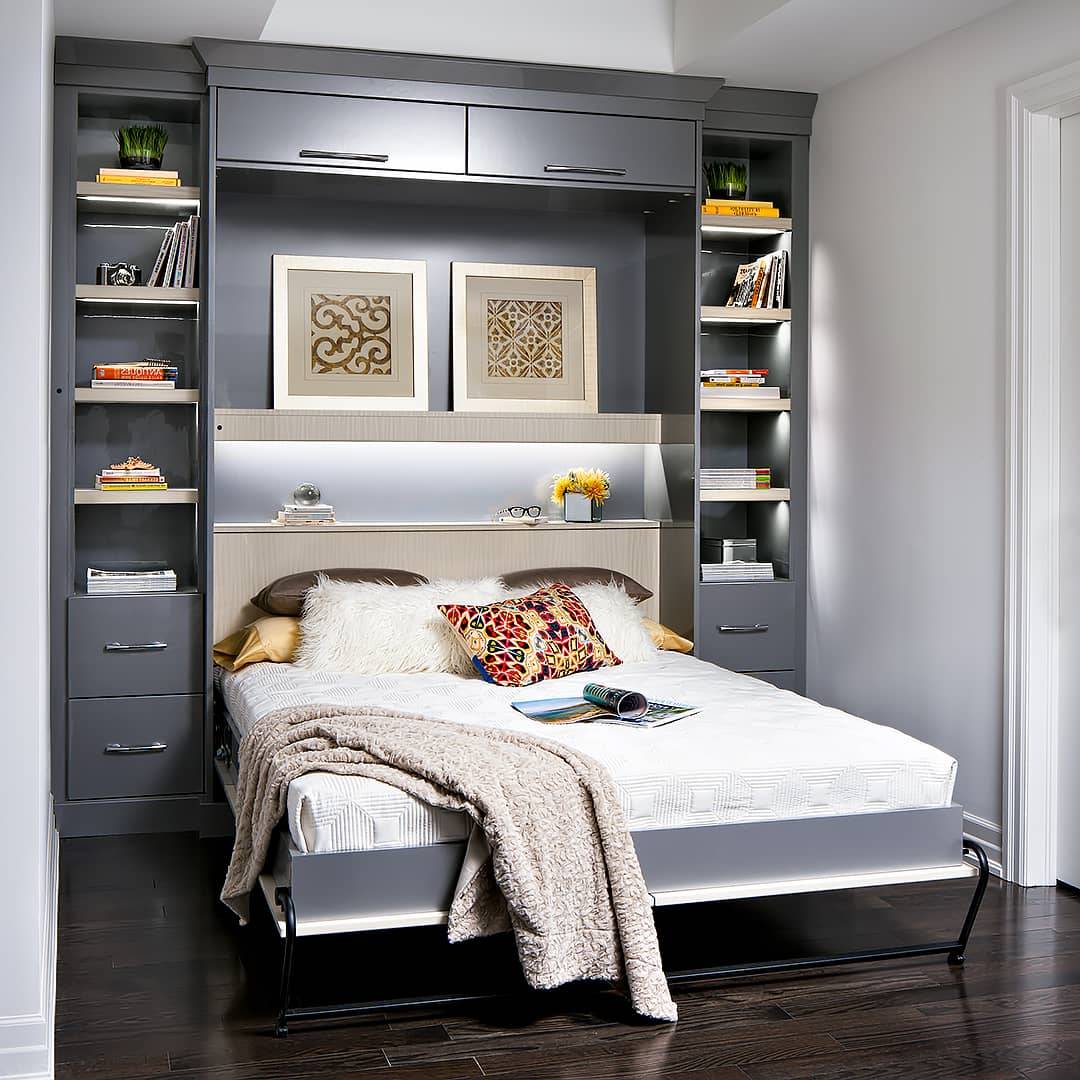
Pillows add texture and depth to a space as well, especially pillows with covers that have more surface definition like chunk knit, ribbed knit, and textured velvet designs.
Decorating with pillows is one of the easiest ways to give your décor an instant refresh. There are so many pillow colours, patterns, and textures to choose from that the number of decorative combinations is endless.
3. Set up a hot beverage station
Enjoying a delicious hot beverage in the comfort of your favourite chair on a crisp October or November day is as much a part of the fall experience as raking leaves.
A good cup of coffee or hot chocolate just tastes better at this time of year. It’s not just about enjoying the taste of the drink, it’s the warming effect it has on our body and the comfort it brings, which puts you in prime hygge territory.

If you have some extra kitchen counter space, set up a hot beverage station with space for anything you use to make your favourite autumn and winter hot drinks.
Add a coffee maker, kettle, single-serve beverage machine, and an espresso or latte machine. Make room for spoons, sugars and sweeteners, and your coffee pod rack filled with a variety of flavours, including pumpkin spice coffee and pumpkin spice latte (naturally). Buy some fall-themed mugs to go with your fall-inspired drinks.
If space allows, dig out that rarely-used slow cooker and add it to your beverage station to brew up some tasty, ready-to-pour hot drinks that suit the season like cranberry apple cider, wassail, and mulled wine. Bonus: not only are these beverages a nice change from your usual hot drink fare, but their delightful scents also add to your home’s cozy atmosphere!
4. Change up your bedding
If you haven’t switched out your lighter summer bed sheets yet, now is the time to do so. Don’t just grab any of your heavier bedsheets, though. Use flannel, fleece, and duvet bedding with seasonal patterns and colours that tie into the season.
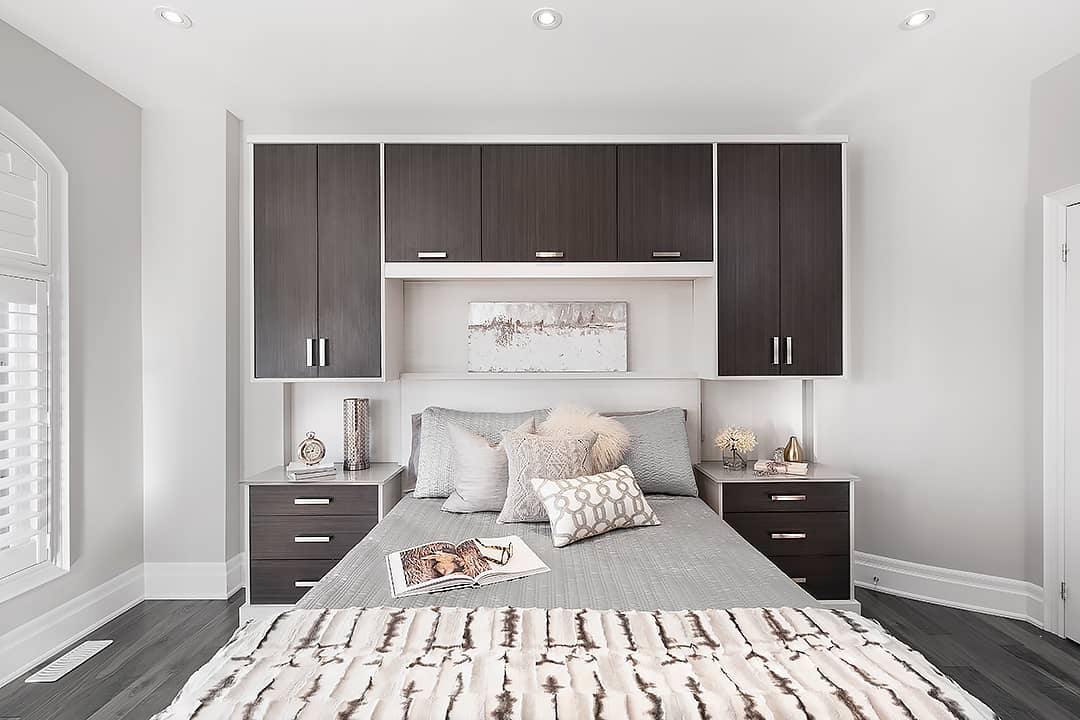
Since the bed is the focal point in a bedroom, the choice of bedsheets and coverings has a big impact on how a room looks and feels.
Lay out an extra blanket or quilt and pile some décor-complementing throw pillows at the foot or top of the bed to add a cozy touch to the space.
5. Add some area rugs
Few things kill a cozy vibe like your feet turning to icicles after stepping on a cold floor. To add warmth underfoot on hard floor surfaces like tile, hardwood, and laminate, lay out some area rugs that add decorative flair and soften up the space a little.
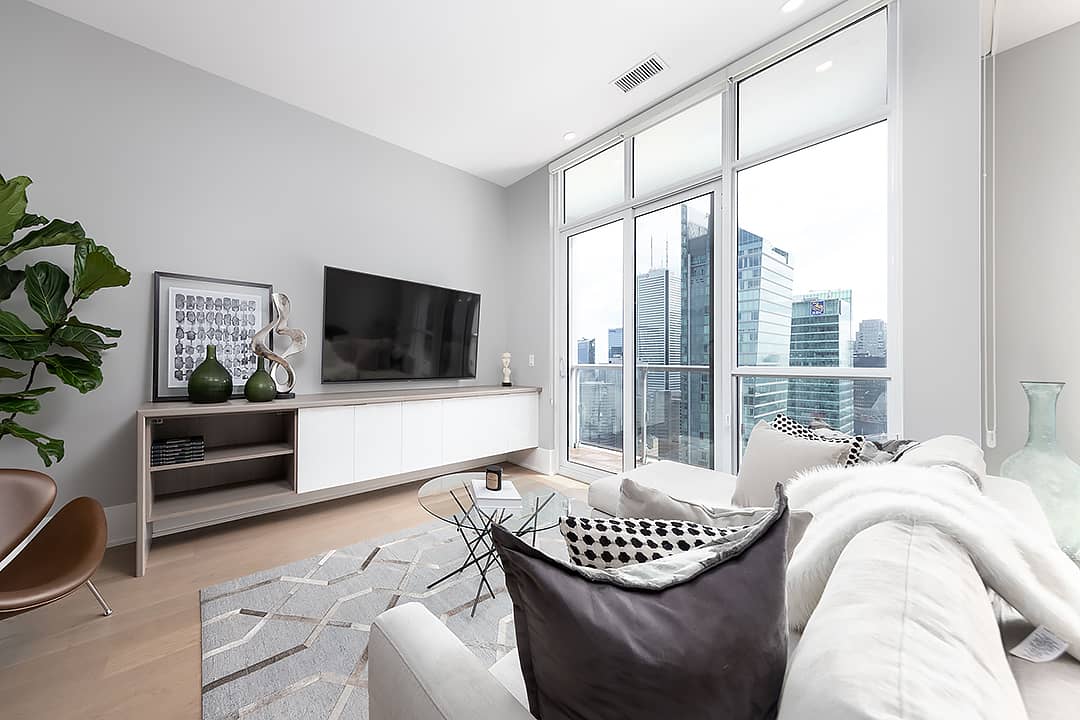
Place them in high-traffic areas and lounging spots such as beside the bed, in hallways, by your favourite reading chair, in the kitchen, and under the dining room table.
Layering textiles is an effective way to cozy up a room, especially during the fall and winter. Don’t hesitate to even put down a rug in a carpeted room if the rug’s design aligns with your decor – it’s not as uncommon as you might think!
6. Swap out your seasonal clothing
Swap out your spring and summer clothing to make your fall and winter wardrobe easier to manage by keeping your cozy clothes organized and easy to find on a chilly day.
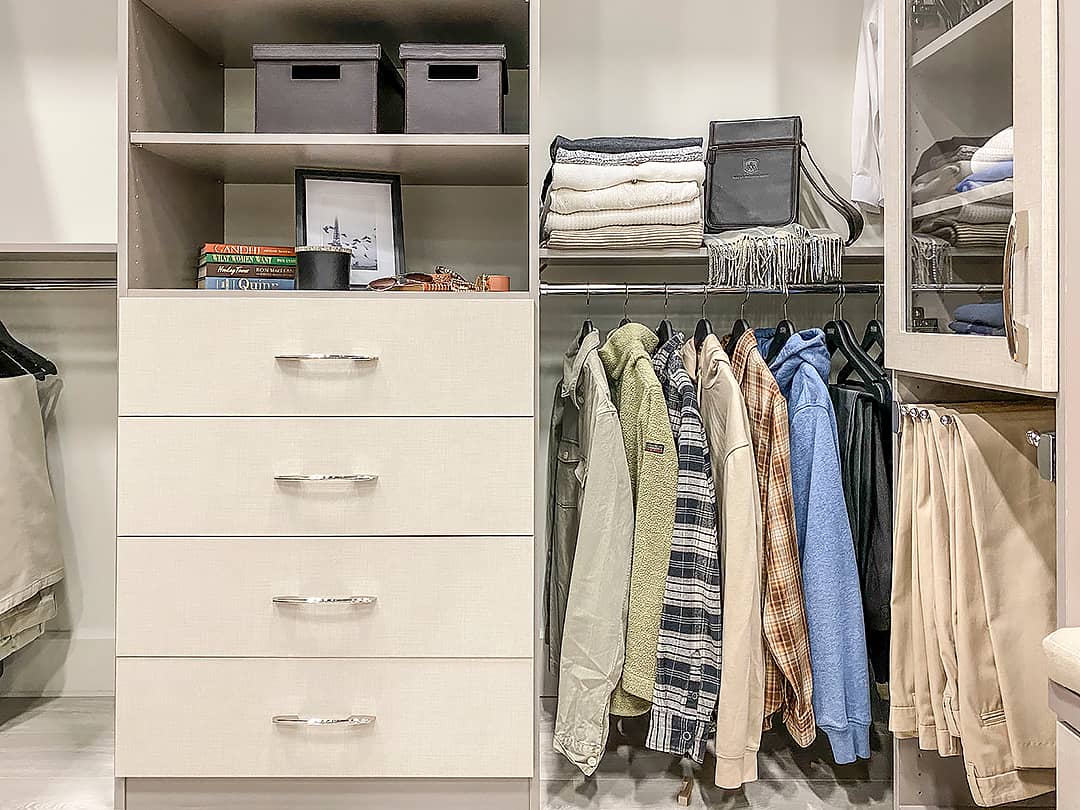
Follow these five seasonal clothes storage tips in the fall and spring when those bigger wardrobe changeovers occur:
- Pare down your wardrobe: clothing that doesn’t fit, is out of fashion, or is damaged beyond repair clutters up your storage spaces. Donate or get rid of anything that isn’t being worn at least a few times a year.
- Don’t use prime closet storage space for storing seasonal clothes: unless you have the luxury of owning a spacious walk-in closet, there are better spots than the bedroom closet to store your out-of-season clothing. A spare room’s closet, the basement (be mindful of moisture levels), or beneath your bed in drawers or storage bags are ideal spots.
- Wash and repair clothing items before storing them: seasonal clothing should be properly washed, folded, or dry cleaned before being packed away. Taking extra care with your clothes in the fall will leave them fresh and ready to go when spring arrives.
- Store clothing in a climate-controlled space: ensure your seasonal clothes are being stored in a climate-controlled area of the home (the garage is a no-no). Stable storage conditions with consistent temperatures (preferably cool) are recommended to keep clothes well-preserved.
- Use plastic storage bins: never store clothing in cardboard boxes. They’re not as sturdy as plastic storage containers, are more susceptible to infiltration from rodents and insects, and can cause clothes to develop white or yellow stains over time. Don’t overstuff the storage bins or pack clothing too tightly to allow some air to circulate.
7. Add some new plants and flowers
Fresh plants and flowers are a great addition to the home at any time of year and another way to add colour and texture to a room, as well as functioning as a natural air purifier.
One of the fundamentals of hygge is adding natural elements to the home, whether it’s using a wood picture frame, wool blanket, decorative mini pumpkins and gourds, or plants and flowers.
Fall-blooming houseplants like the amaryllis, Christmas cactus, goldfish plant, and African violets are perfect choices and will beautify your home with their attractive organic colours.
If you don’t have a green thumb, even getting some fake plants and flowers (or faux greenery, if you prefer) can help make your home feel cozier. There are lots of incredibly lifelike faux greenery products out there that require far less maintenance than the real thing – just dust them off periodically.
Put some extra thought into the colours and styles of the planters, baskets, and pots you use because they’re yet another home decorating tool at your disposal!
8. Treat yourself to a new sweater
If it’s been a while since you last added a sweater, hoodie, or fleece top to your wardrobe, treat yourself to something new for the fall.
We’ve been talking about “cozy surroundings” and it doesn’t get much more surrounding for us than the clothes we wear!

If wearing something makes you feel cozy, that’s hygge. Even wearing a ratty old pair of sweatpants qualifies as hygge. The Danes have thought this whole thing through so much, they even created a word to describe a less-than-presentable piece of clothing you love wearing at home, but would never wear in public – “hyggebukser”.
9. Add fall-themed decorations
Bring some natural fall decorative elements into your home to enjoy the sights and smells of the season from the warmth of your living space.
Attractive decorative arrangements using items like pumpkins and gourds in a variety of colours, pine cones, and dried grasses, leaves, and branches can be DIYed or purchased from crafting specialty retailers.
Use them as table centrepieces, in a wreath, or as fall accent pieces to adorn the fireplace mantel and windows of your home.
10. Enjoy the fall colours from a cozy window seat
The comfiest place to sit at home isn’t necessarily always on traditional furniture pieces like an armchair, loveseat, sofa, or upright in bed.
Sometimes the coziest perch is on a window seat, where you can take in the glorious fall colours from the best view in the home.
Here are some of the benefits of built-in seating:
- add extra seating anywhere in the home (it doesn’t have to be by a window) like an entryway, bathroom, bedroom, or living room
- gain extra storage space below the seat with drawers or a lift-up top
- they provide an alternative seating option
- a window seat lets you enjoy more sunlight, which is an effective mood booster during the shorter fall and winter days
- add a stylish design touch to an unused home space
11. Get baking and cook warming dishes
We can’t talk about all things cozy without bringing food into the conversation. After all, cozy and good food go hand in hand.
You don’t need to have Jamie Oliver-level cooking skills to enjoy all the goodness that comes from creating the delicious aroma of freshly baked bread, cookies, and pastries in your home.
Stick with easy baking recipes, buy high-quality frozen baking products, or simply reheat fresh store-bought baked goods to fill your home with pleasant smells and your stomach with some comfort food.
Fall is also the perfect time to enjoy warming dishes like soups, chilis, and stews. Try making some of these in your slow cooker. The slow cooking process really brings out the flavour in food and is another way to make your home smell fantastic. Try these three slow cooker recipes that will make your home smell like fall.
12. Make your living room more inviting
To make your living room more inviting, consider giving the décor a refresh to encourage more family time that can be spent in a well-appointed, cozy home space.
Add a comfortable new chair or sofa and give the walls a fresh coat of paint in calming, cozy-friendly colours like creamy white, clay beige, or sea green.
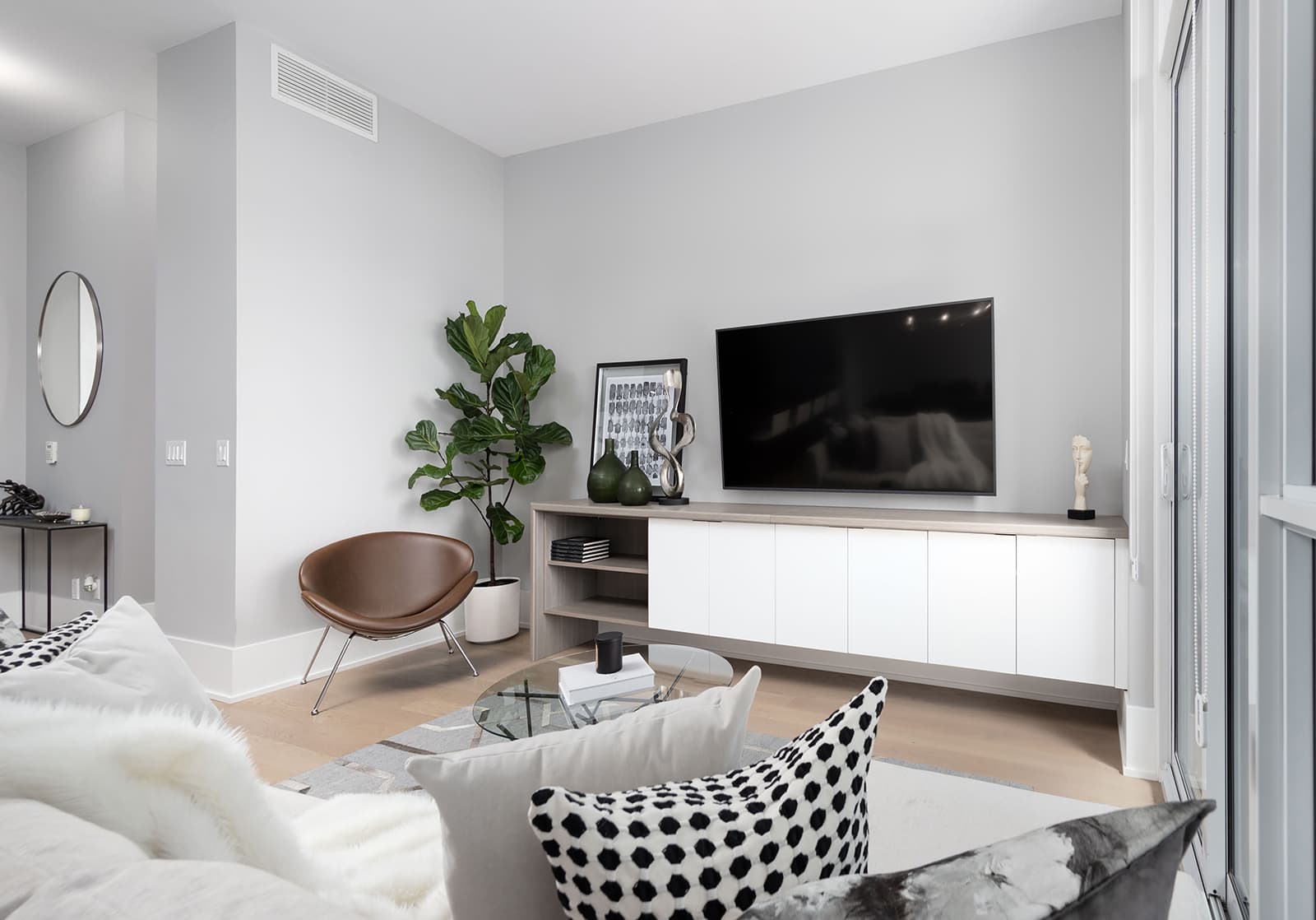
Watching movies and TV shows is one of the main reasons we spend time in the living room, so give your home entertainment hub an overhaul. Have a built-in entertainment centre custom-made to contain all of your audio and video devices and give the room a modern, upscale appearance.
To really give the living room a new, exciting look, also think about adding a feature wall with an electric fireplace.
13. Break out the blankets and quilts
When it’s cold and wet outside, what is cozier than curling up beneath a warm blanket indoors?
Break out your favourite quilts, blankets, and comforters when the fall rolls around so they’re at the ready when you’re feeling a little chilly.
Use them to make your home feel cozier by placing throw blankets on your furniture as decorative accents.
14. Organize the bedroom
If your bedroom is clean and organized, you’re more likely to get a good night’s sleep and feel less stressed. That allows you to enjoy your cozy home more, without wasting any of your brain bandwidth on worries about a looming bedroom cleanup project.
Make the best use of your bedroom storage space with a closet organization system, a standalone wardrobe closet, and bed storage cabinetry.
15. Soften up your lighting
Lighting plays a role in creating a cozy home feel, so think about making a few adjustments for the fall and winter.
Harsh overhead lighting isn’t ideal. Try to use LED lights with a softer, warmer glow in your rooms. Lean on table and floor lamps that use warm bulbs more to make your living space feel cozier.
Take advantage of the natural light your home gets as much as possible during the shorter days of the year. If you need to reposition some of your furniture to grab a little more sunlight, go for it.
16. Add fall-inspired scents and fragrances
Smell is another element that changes our mood, so if you’re looking to create a more cozy home, introduce some fall-inspired scents and fragrances indoors.
In addition to the other scent-related ideas we’ve mentioned (like foods and flowers), candles are an obvious choice. They have multiple benefits because they scent your home, add a decorative element, and create ambiance, all of which are effective mood boosters.

Here are some ideas for a few calming candle scents to try, along with some fall-scented candles that are ideal for this time of year:
- lemon
- clary sage
- vanilla
- acorn spice
- pumpkin spice
- amber and smoke
- apple orchard
- pumpkin pecan waffles
Cozy up your home this fall
Organized Interiors are experts at making homes feel cozier with our high-quality organization and storage systems and stylish custom cabinetry designs.
Schedule a free design consultation with us so we can get started on creating the custom solutions that will boost your home’s comfort level this fall.
Please share this post if you found it useful.

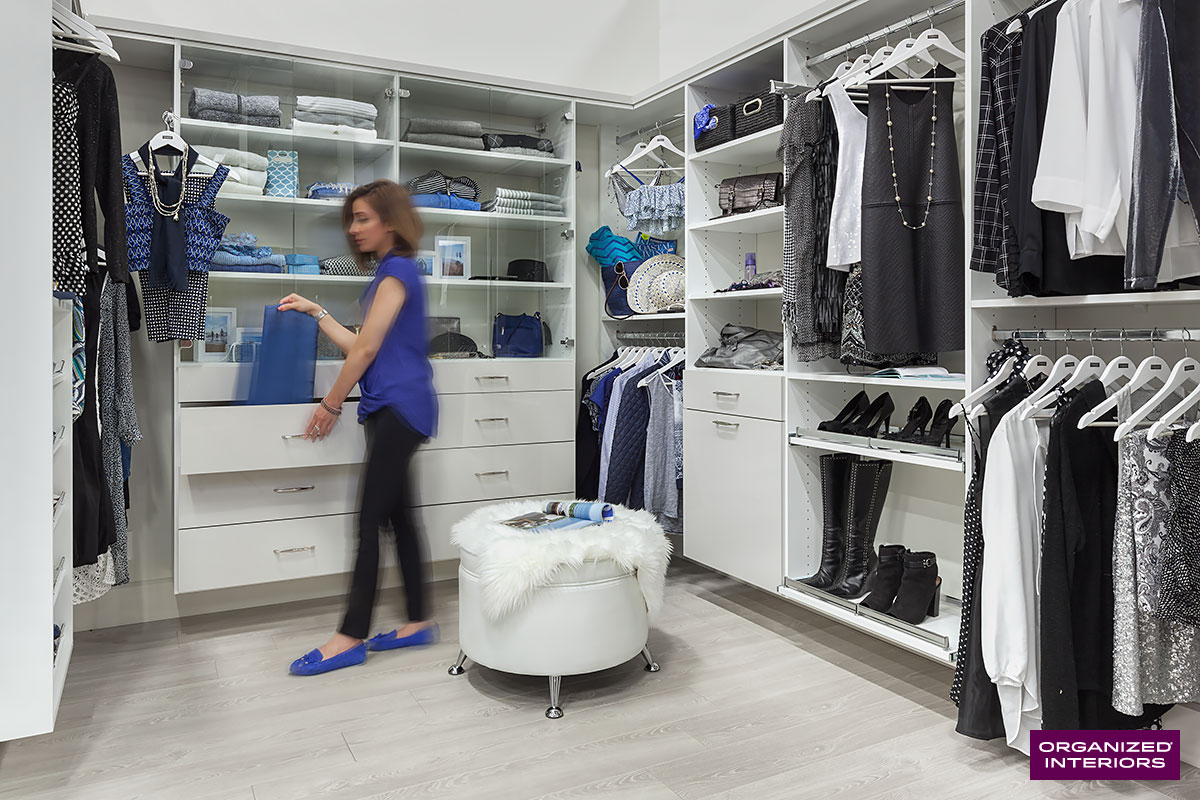
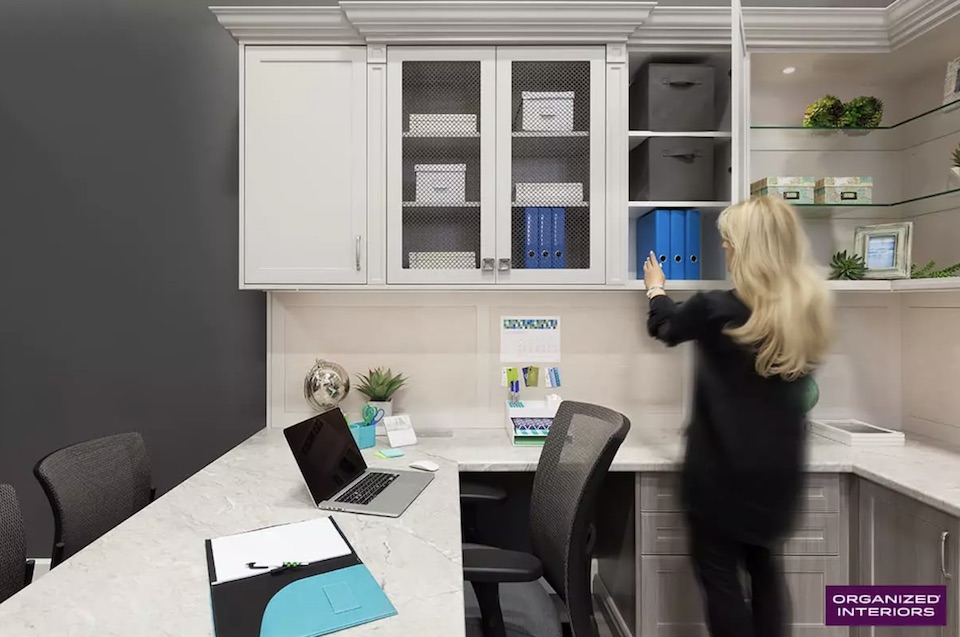
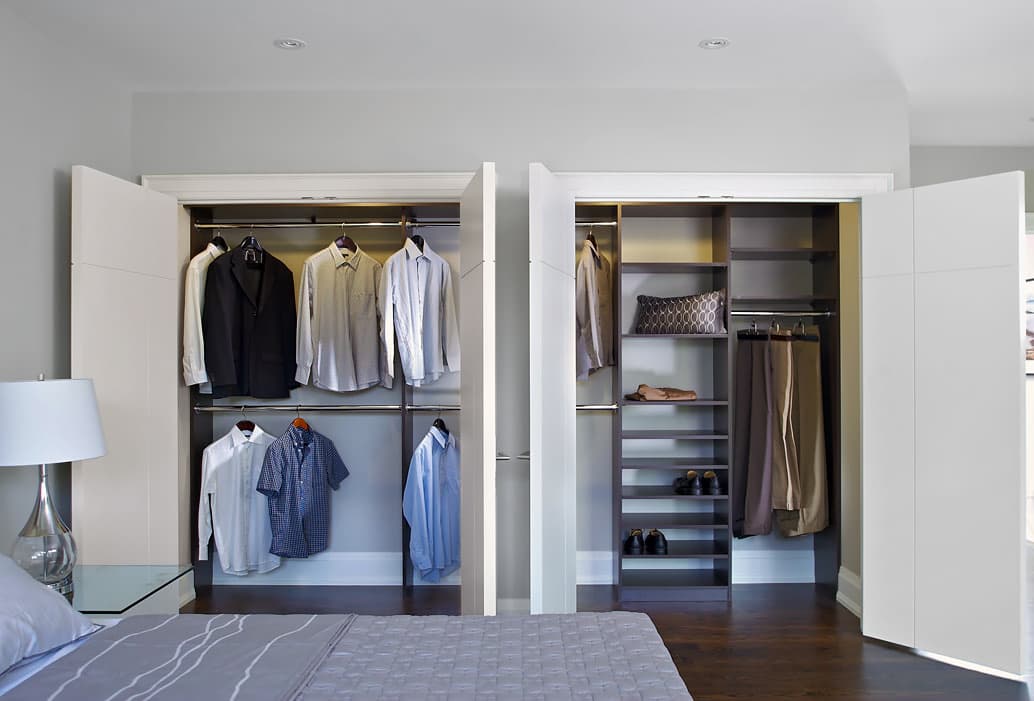
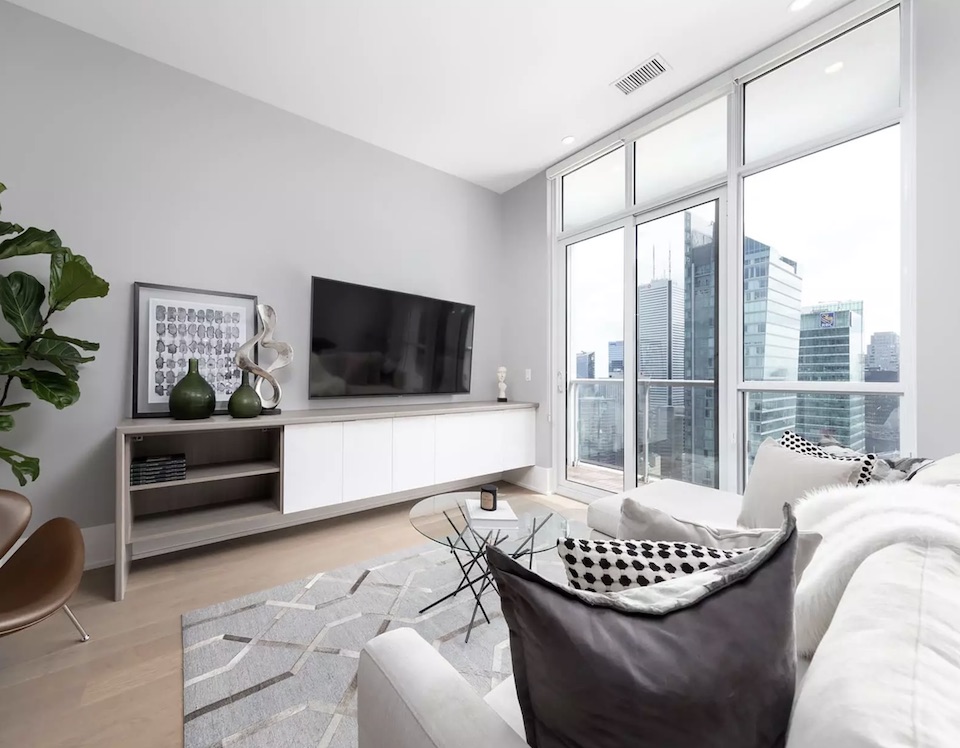
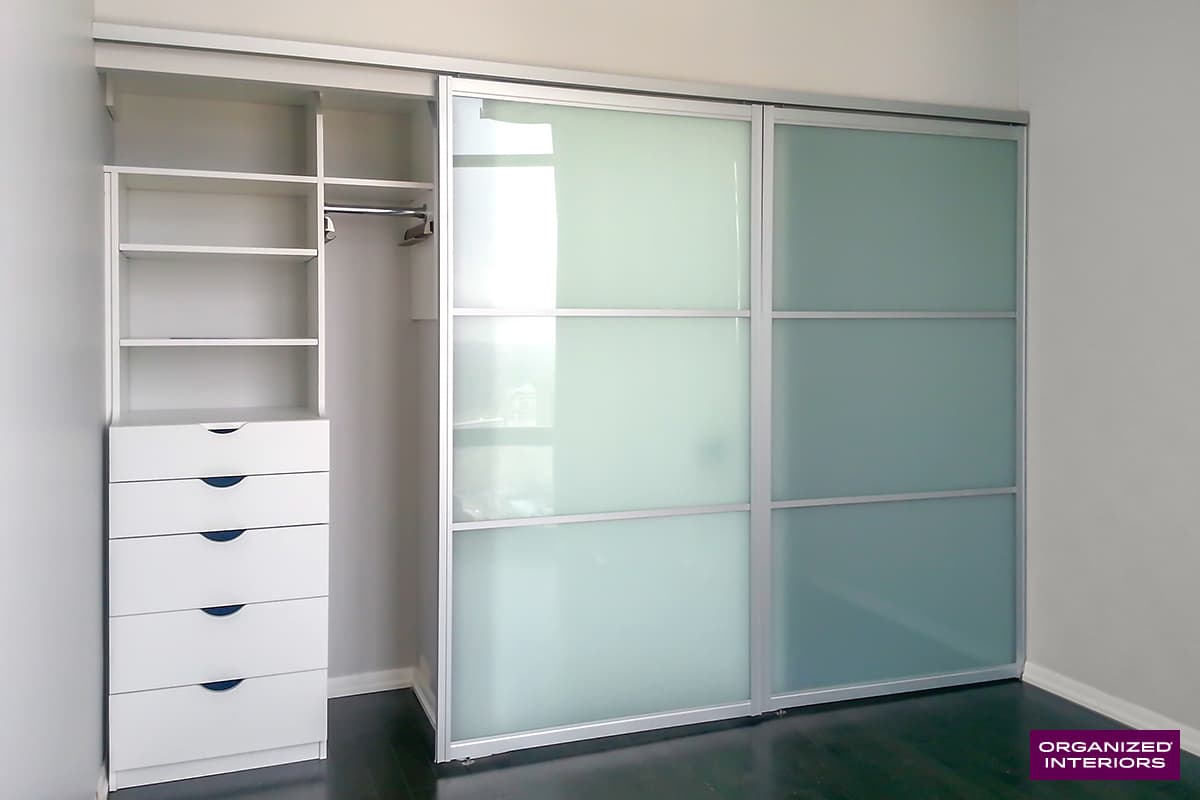
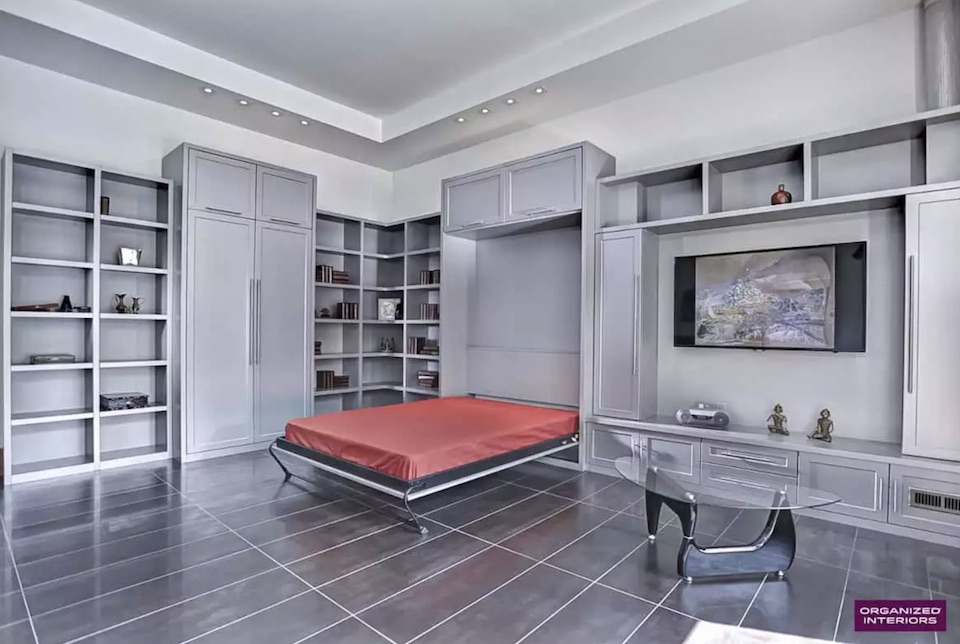
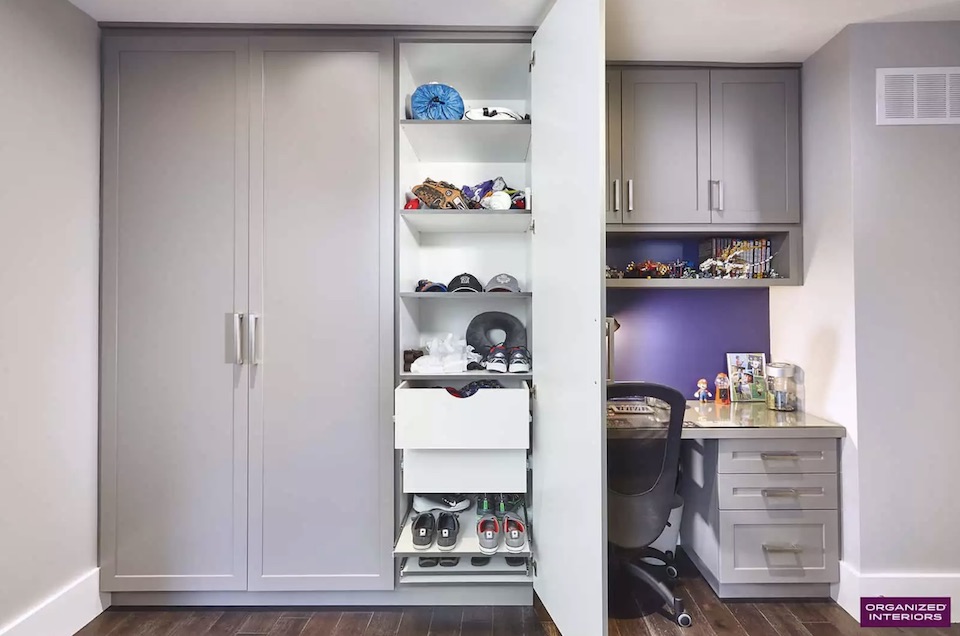
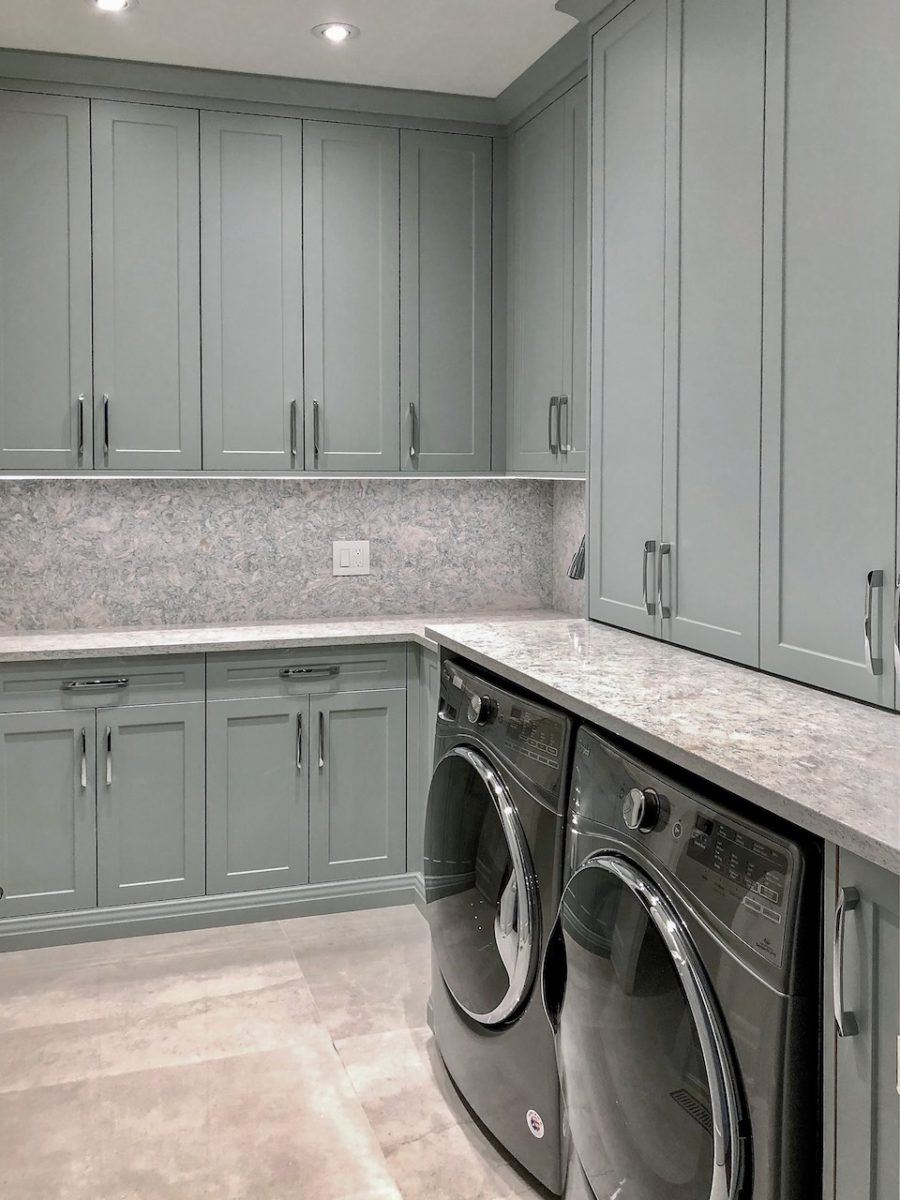
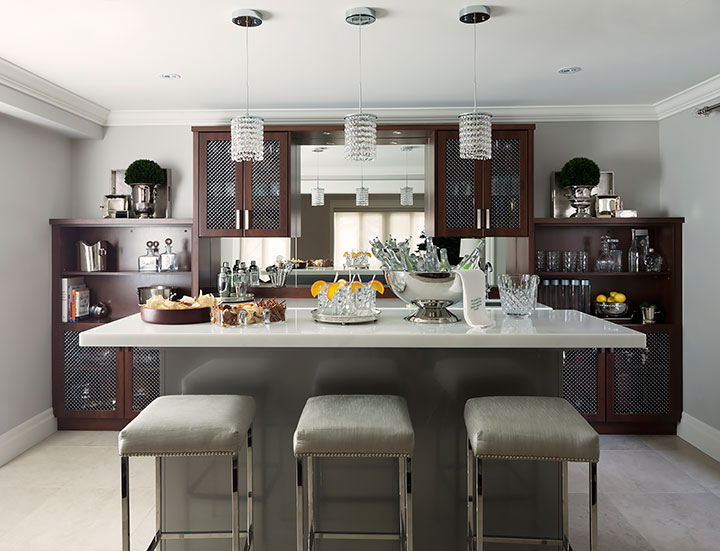
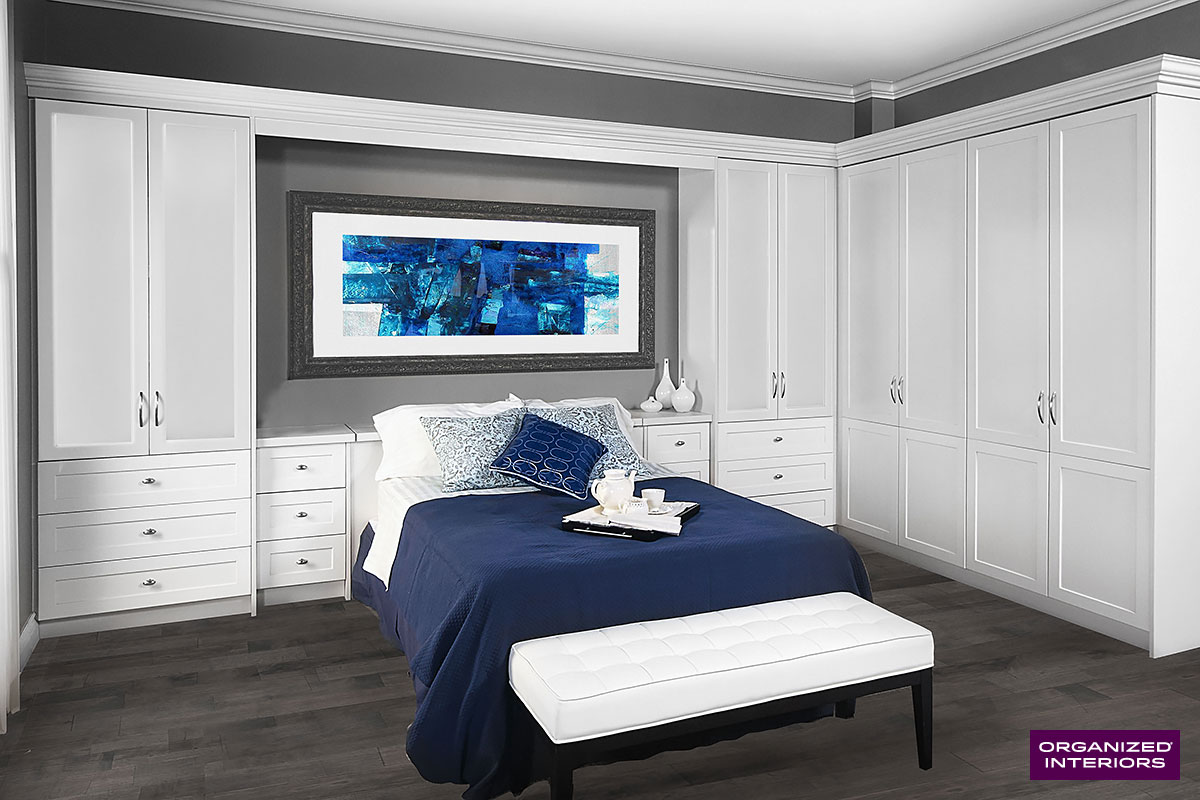
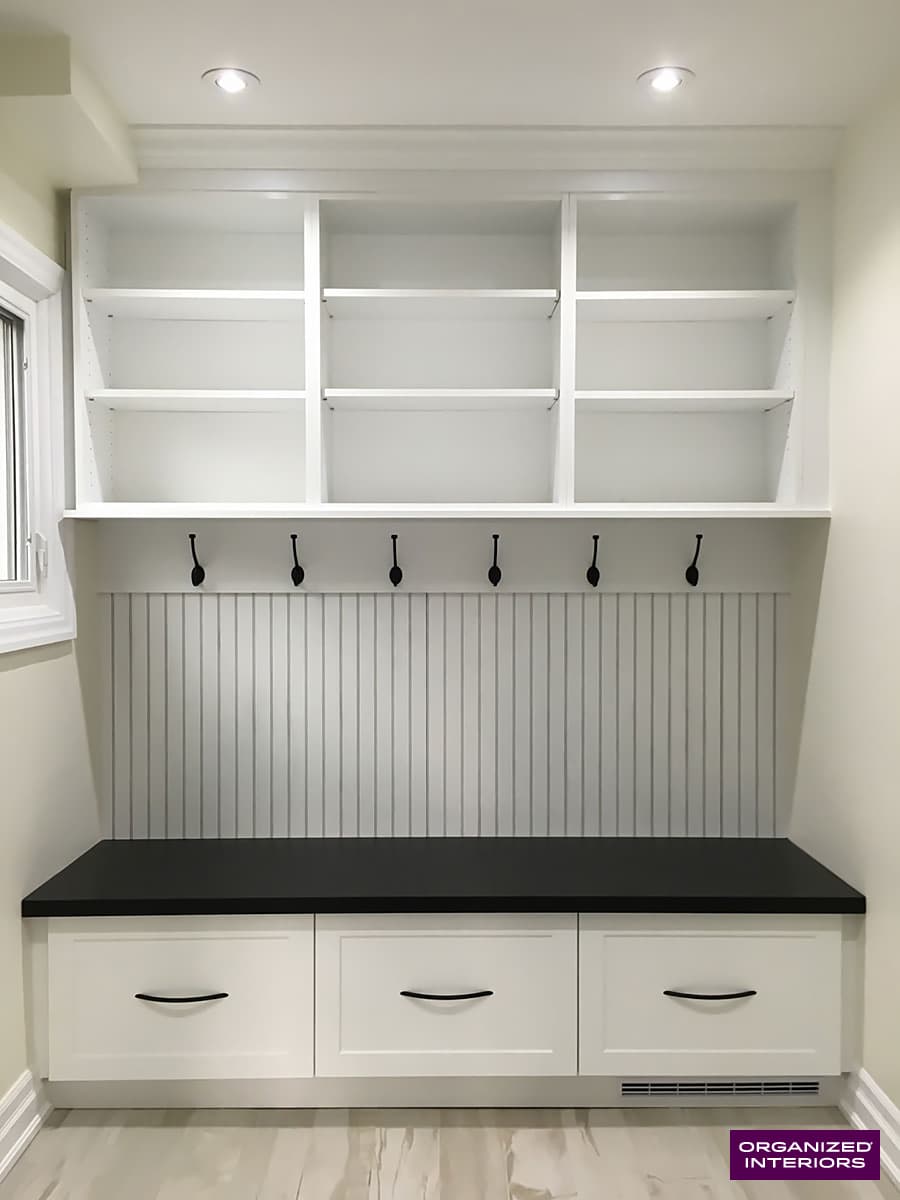
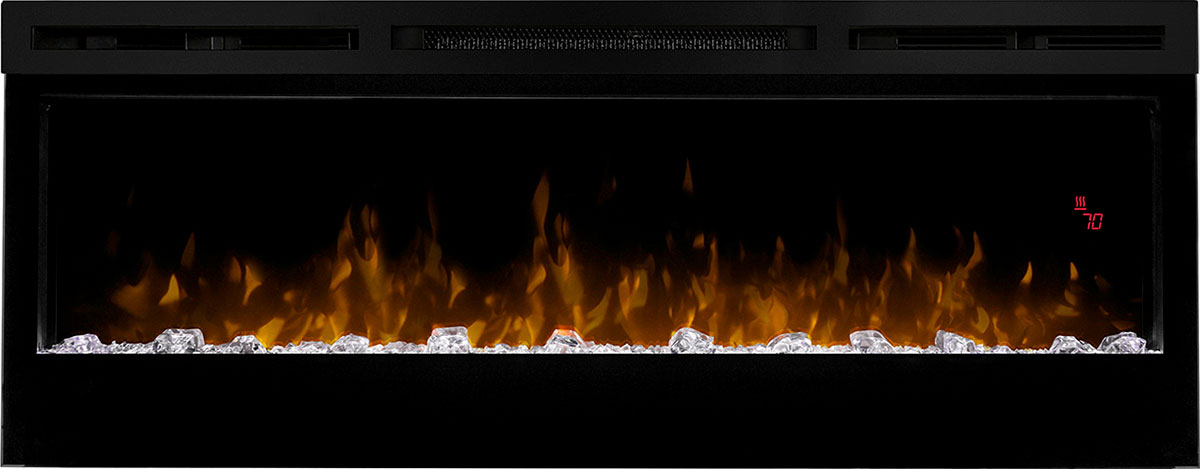
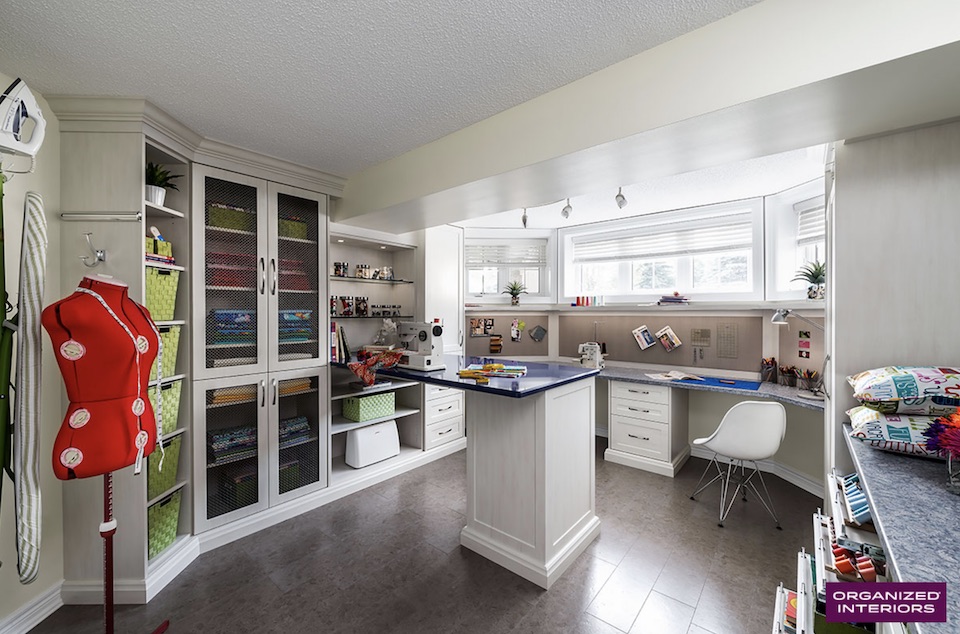
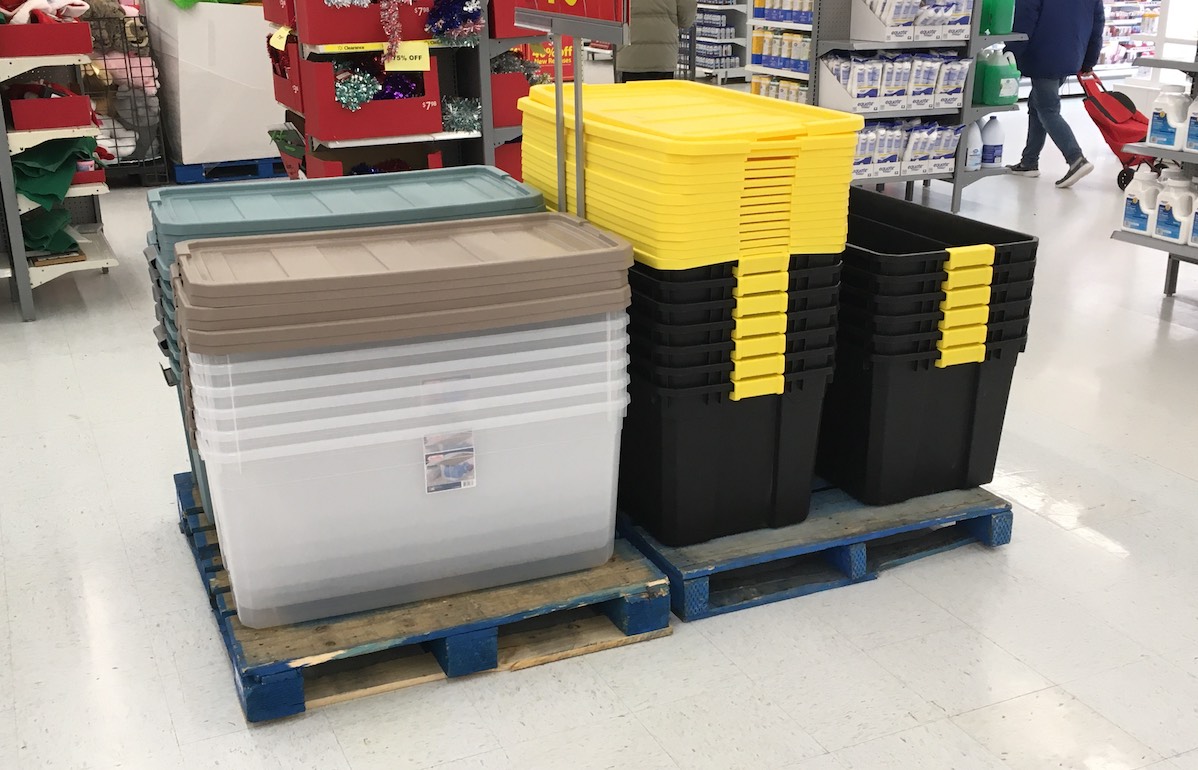
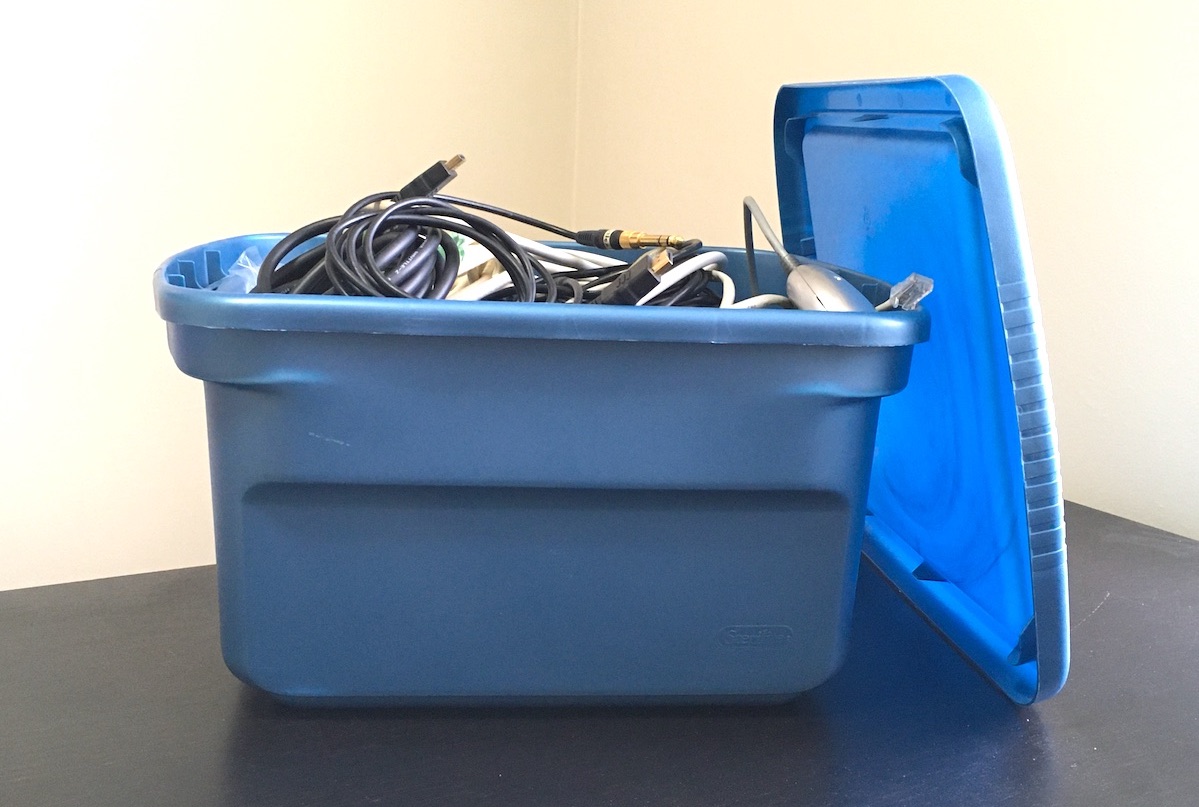
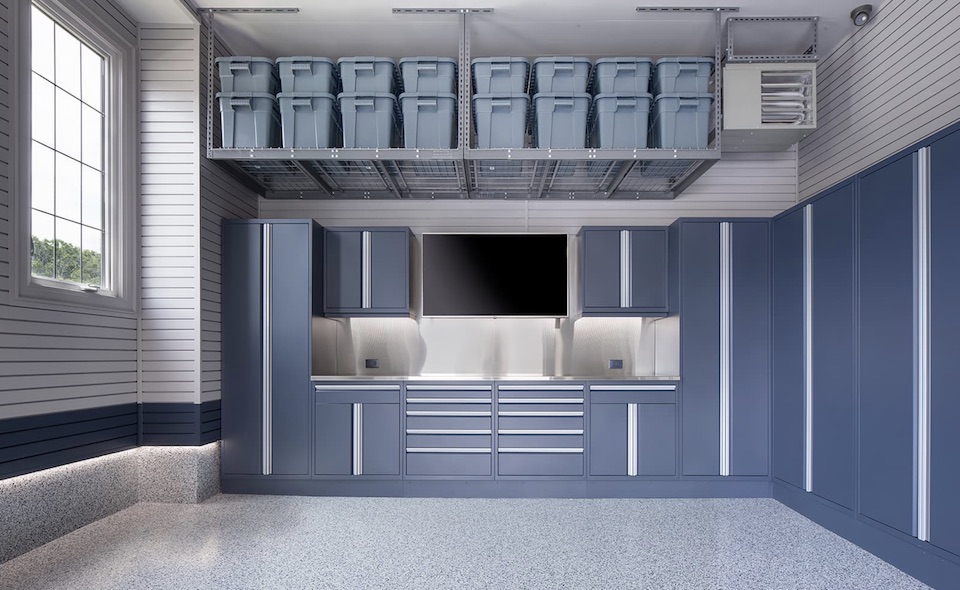
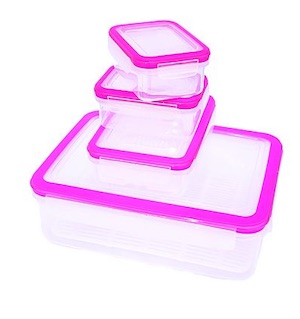 Those storage container sales going on during January might also find you contemplating picking up some new plastic food storage containers.
Those storage container sales going on during January might also find you contemplating picking up some new plastic food storage containers. 
